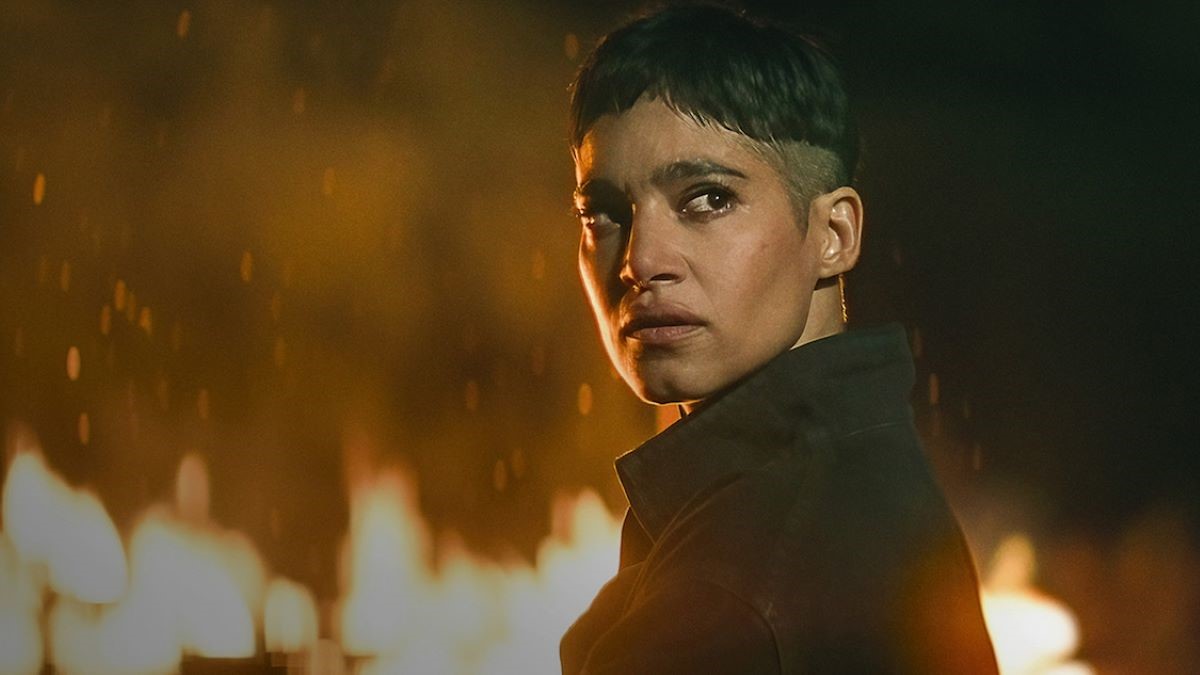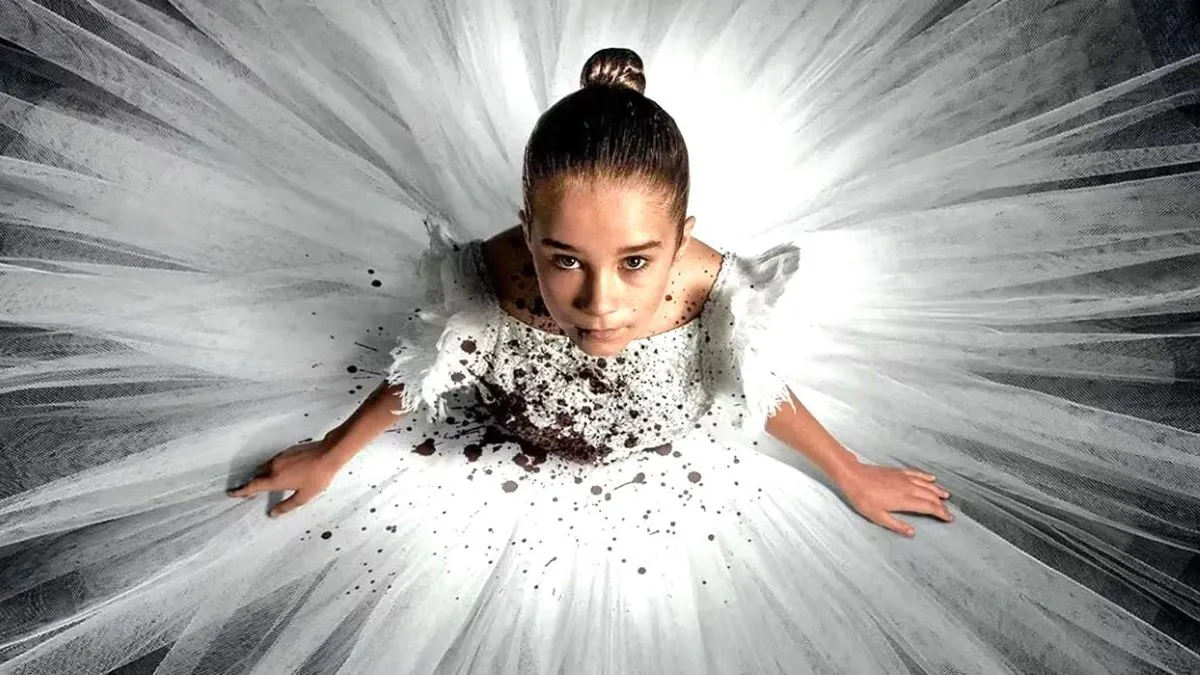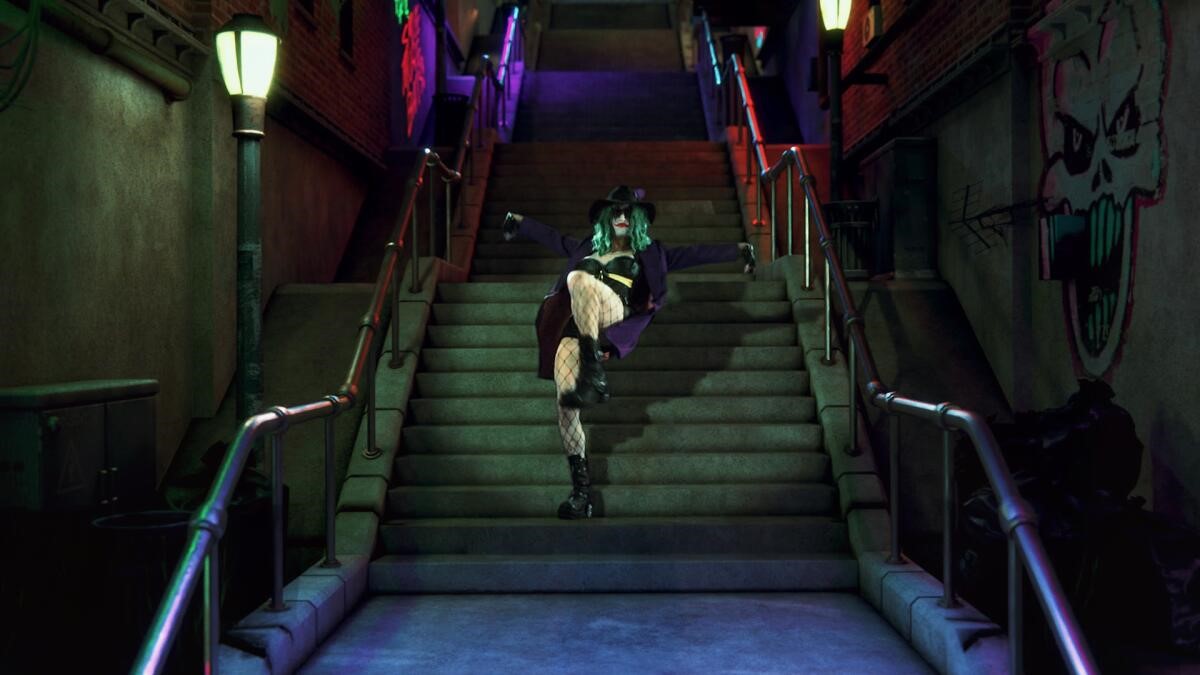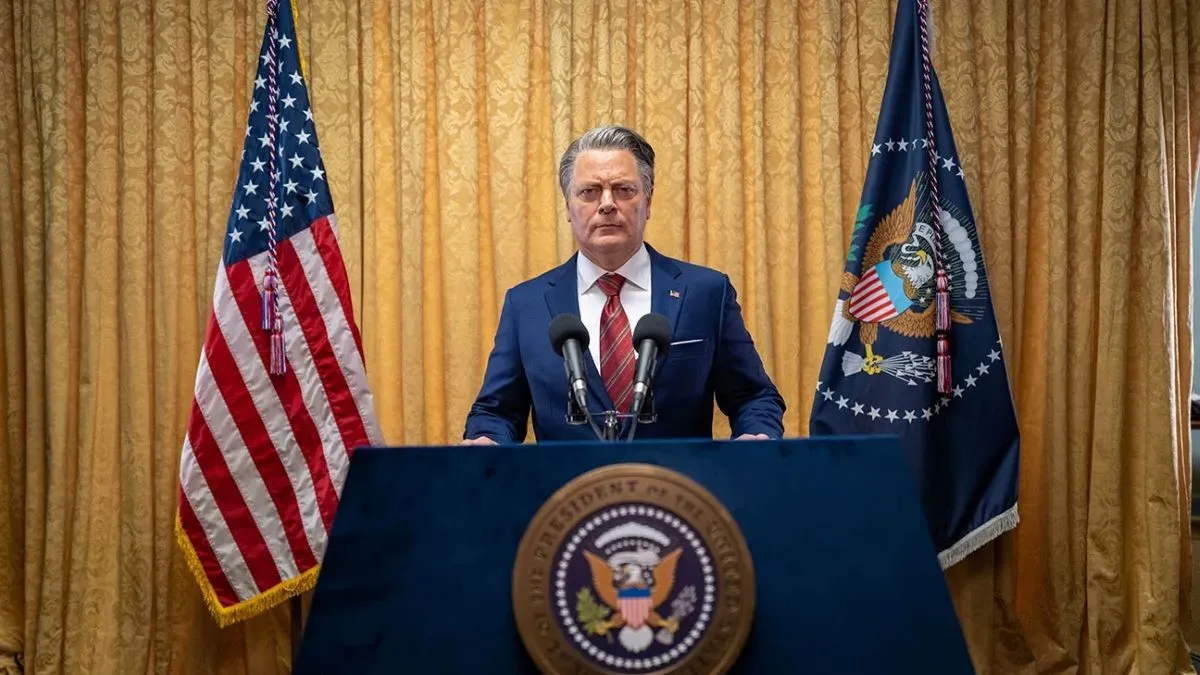
Arrested Development‘s fourth season is a flawed, potentially very flawed piece of television. This does not make it a bad piece of television by any means, but there are parts of it that, for this writer, do not work. And their not working damages Arrested Development in a big way. Chief among these flaws is the uneven and often badly drawn out pacing.
Arrested Development‘s fourth season episodes do not have a consistent run time. The shortest of them, George Sr.’s “Borderline Personalities” and Tobias’ “A New Start” come in at 28 minutes. The longest, Lindsay’s “Red Hairing” is a full 38. By comparison, Arrested Development‘s original run never went over 22 minutes. Part of this is attributable to the new storytelling style and delivery format. Rather than focus on the Bluths as a whole, season four puts each individual Bluth in the narrative spotlight one at a time (with the exception of season finale “Blockheads”, which focuses on both Michael and George Michael). The Bluths cross paths and intersect with each other’s individual storylines constantly, but whichever Bluth the episode focuses on will receive the lion’s share of the attention. And being distributed exclusively through Netflix means that the episodes are free from the restrictions of a television broadcast schedule. The only time slots they fit into are the ones the viewer chooses for them.
Neither of these is, on its own, a bad thing. But together they trap Arrested Development with a narrow focus and no structural limits but the ones it sets for itself. And the result is filler. Every episode of season four stretches its subject material a little too thin, particularly when trying to connect something from the original run to the new run, or trying to recap material from another character’s episode. Ron Howard does a lot more narrating than he has done in the past, and he frequently feels less like a witty narrator and more like an exposition device. At its weakest, season four drags. Even the weakest episode contains something funny, but the space before and after that something becomes an exercise in frustrated waiting. The great screenwriter Shane Black said of story pacing in an interview that “We’re in a culture where people want to be deafened, apparently. And there’s an elegance, which is somehow missing. It used to be that when people talked, they talked in a very communicative way. They varied their tone, they varied their pitch. Now they just yell at you when you fall down.” At its best, watching Arrested Development is like having a conversation Shane Black would love. At its worst, they variance in pitch and tone is still there, but is consumed by narrative silence. A few more revisions and a shorter, consistent running time would have helped considerably.
Season four’s other great flaw is that it has lost the original’s topicality. Although the original run’s incorporation of the early days of the Iraq War and the Patriot Act into its text and subtext has made it into a bit of a period piece now, during its initial run it was timely and pertinent to the conversation. Season four does incorporate the United States political and social situation into it text and subtext, but because of the large stretch of time it covers and the mixed amounts of focus parts of that time receive, much of the material it works with feels slightly stale. These issues; abuse of corporate power and improper relationships between the US government and assorted major corporations, the state of the US economy and the treatment of immigrants, are all still big, important issues that comedy can tackle and start conversations about. But the specific manifestations of those issues that season four chooses to focus on are tied to the mid-to-late 2000s.
Halliburton and the collapse of the housing market receive pointed commentary. The commentary is often funny (Halliburton rebrands itself as “Halliburton Teen” to try and escape criticism, Lindsay and Tobias get conned into buying a house that would make Versailles look restrained from an openly corrupt agent who Tobias promptly tries to hire as his entertainment agent), and the housing market collapse is a major plot point, but it all comes across a bit like a stale chocolate chip cookie. It is still funny/tasty, but would have been better earlier. Even the more recent political material in season four feels a bit behind the times; a conservative black politician named Herbert Love (Terry Crews of the NFL and The Expendables) with a knack for putting his foot in his mouth through speeches and sloganeering resembles Republican Presidential candidate also ran Herman Cain, seven months after the election. To season four’s credit, a bit on drone warfare works quite well, but it is an exception to the stale commentary surrounding it. Season four’s somewhat dated political focus does not damage it as badly as the pacing (and much of the material is funny), but it is disappointing and renders it an immediate period piece.
Continue reading on the next page…






